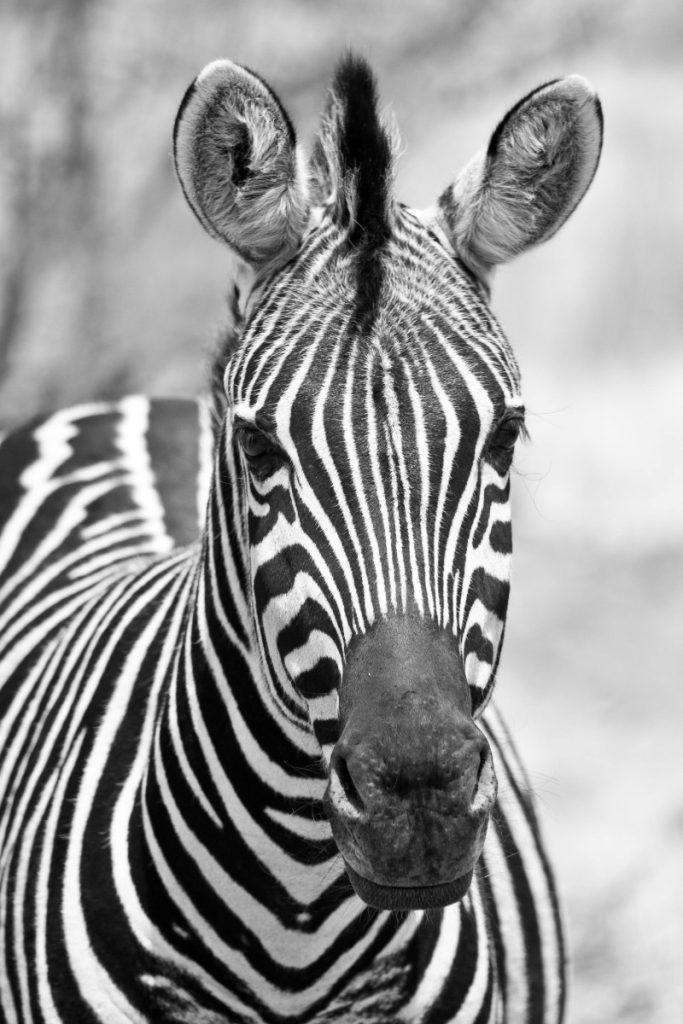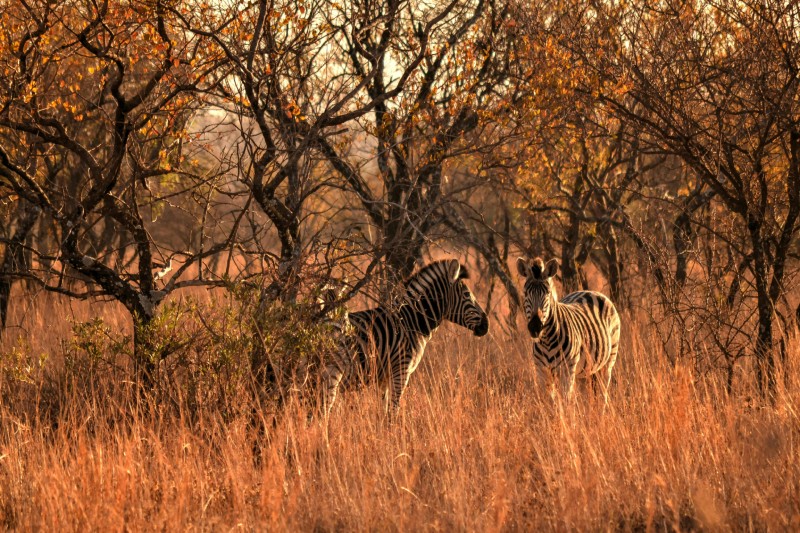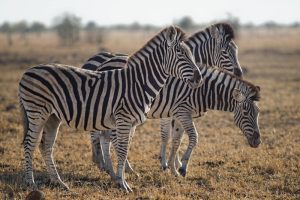Zebras, with their striking black-and-white stripes and unique behavior, are some of the most fascinating animals in the wild. While their beauty often captures the attention of wildlife enthusiasts, understanding how long these animals live is crucial for both their conservation and proper care in captivity. In this article, we’ll explore the average lifespan of zebras, how long they live in the wild versus captivity, and factors that contribute to their longevity.
Average Lifespan of Zebras
The average lifespan of a zebra depends on several factors, including its species and environment. On average, zebras live between 20 to 30 years. However, this can vary based on species, with some zebras living longer than others.
- Plains Zebras, the most common species, typically live up to 25 years in the wild.
- Grevy’s Zebras, the largest and rarest species, can live up to 20 years, though some have been known to reach 25 years.
- Mountain Zebras tend to have a similar lifespan, living around 20 to 30 years.

How Long Do Zebras Live in the Wild
Zebras in the wild face many challenges that can affect their lifespan. These challenges include predators, food shortages, diseases, and environmental stresses. As a result, zebras in the wild usually live to be around 20 years.
Predators like lions and hyenas pose a significant threat, particularly to young and weak zebras. Additionally, zebras in the wild must constantly search for food and water, which can be difficult during droughts or in regions where resources are scarce. Disease, especially during outbreaks of illnesses like anthrax, can also reduce their life expectancy.
Despite these challenges, zebras’ natural instincts and social structure help them survive. Zebras live in herds, which provides protection against predators, and they often take turns keeping watch for danger.
How Long Do Zebras Live in Captivity
Zebras that live in captivity, such as those in zoos, wildlife parks, or sanctuaries, generally have a longer lifespan. The average lifespan of a zebra in captivity is 30 to 40 years, sometimes even longer, due to the more controlled environment. Captive zebras are protected from predators, and their food, water, and medical care are all carefully managed.
For example, in zoos where zebras are given proper veterinary care and regular feeding schedules, their life expectancy is significantly higher than that of their wild counterparts. In some cases, zebras in sanctuaries have been known to live well beyond 35 years.
What is the Longest Living Zebra
The longest-living zebra on record in captivity is a Grevy’s Zebra named “Zelda,” who lived to the age of 42 at the San Francisco Zoo. This is an extraordinary lifespan, well beyond the typical range for zebras, and highlights the potential for zebras to live longer in a controlled, safe environment.
While wild zebras rarely reach such advanced ages due to the harsh conditions they face, it’s clear that with the right care, these animals can thrive well beyond their average lifespan.
Factors Affecting Zebra Lifespan
Several factors contribute to how long a zebra lives, whether in the wild or captivity.
Diet and Nutrition
A balanced diet rich in grasses and occasional shrubs is essential for zebras. In the wild, they must graze for most of the day, while in captivity, they are often provided with more nutritious, consistent meals.
Predators and Disease
In the wild, zebras are at risk from predators and illnesses, which significantly impact their lifespan. Captive zebras are protected from these dangers, allowing them to live longer.
Social Structure
Zebras are social animals, and their herds provide protection and stability. The social bonds within a group can influence their overall health and survival rates.
Veterinary Care (in Captivity)
Regular health checks and the absence of threats like disease or malnutrition give zebras in zoos a better chance at living a long life.
How to Help Zebras Live Longer (In Captivity and Conservation)
Conservation efforts and proper care in zoos and reserves are key to ensuring that zebras live long, healthy lives. Some steps to support their longevity include:
- Efforts to preserve the natural habitats of zebras and reduce human impact on their ecosystems are vital for maintaining healthy zebra populations.
- Zoos and wildlife parks must ensure that zebras have proper diets, medical care, and safe living conditions to support their well-being and longevity.
- Breeding programs help maintain healthy genetic diversity in captive populations, ensuring zebras live long and healthy lives.

Zebras, whether in the wild or captivity, typically live between 20 and 30 years, though their lifespan can vary based on species and environment. In the wild, their lives are shaped by natural dangers and environmental factors, while those in captivity can often enjoy longer lifespans due to the protection from predators, consistent food supply, and medical care. By supporting conservation efforts and providing appropriate care, we can ensure that zebras continue to thrive and live out their full potential in both the wild and in zoos.




